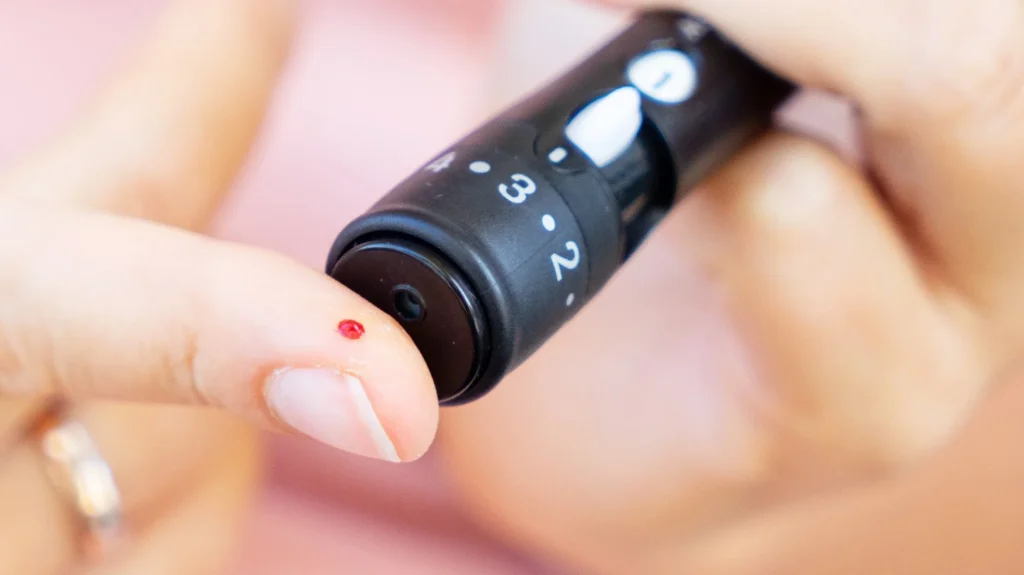Recent research published in Cardiovascular Diabetology , Endocrinology Reports has highlighted that individuals with prediabetes who dedicate more than 150 minutes per week to physical activity are four times more likely to return to normal blood sugar levels than those who remain inactive.
Prediabetes Represents a Critical Health Risk That Is Reversible
Prediabetes is characterized by elevated blood sugar and insulin resistance, often without obvious symptoms. Without intervention, it significantly increases the risk of progressing to type 2 diabetes, heart disease, stroke, and related complications. However, it remains highly reversible with targeted lifestyle modifications.
Study Followed Colombian Adults for One Year
Researchers tracked 130 individuals with prediabetes over one year through a cardiovascular risk reduction program. At the outset, participants had an average HbA₁c of 5.9%. By the end, 21.5% achieved normal glucose levels, while 13.8% developed type 2 diabetes and the remainder stayed prediabetic. Notably, those exercising 150 minutes or more weekly were much more likely to experience remission.
Exercise Works by Enhancing Insulin Response in Muscles
Physical activity causes muscles to take up glucose directly, bypassing insulin signaling, increasing insulin sensitivity for up to 48 hours post-exercise. This mechanism critically supports blood sugar regulation even in insulin-resistant individuals.
Best Exercise Mix: Aerobic Plus Resistance Workouts
Evidence from meta-analyses and clinical trials shows combining moderate-intensity aerobic exercise (e.g., brisk walking, cycling) with resistance training 3 to 5 sessions weekly maximizes benefits. Outcomes include lower BMI, improved HbA₁c, fasting blood glucose, and healthier cholesterol and blood pressure.
Minimum Recommendation: 150–300 Minutes Per Week
Guidelines recommend 150–300 minutes of moderate-to-vigorous exercise weekly, spread over most days. This can include walking, swimming, cycling, brisk hiking, strength training, or high-intensity interval sessions tailored to individual fitness levels.
Weight Loss Amplifies Metabolic Gains
Reducing body weight by just 5–10% can halve the risk of progressing to diabetes. Exercise supports this by burning visceral fat and improving metabolism. Combining workouts with calorie control promotes long-lasting health benefits.
Lifestyle Strategy Shows Big Impact on Longevity
A related JAMA Network Open study found that reversing prediabetes paired with regular exercise and non-smoking extended average life expectancy by 2.5 years, compared to less active individuals.
Public Health Benefits of Prediabetes Reversal
Implementation of exercise-based interventions could reduce healthcare burdens by lowering progression rates from prediabetes to diabetes by 50–60%. Scaling such programs may also decrease cardiovascular and metabolic disease complications.
Building Habits: From 5 Minutes to Full Routine
Starting small like walking 5–10 minutes daily and gradually increasing can lead to sustainable habits. Consistency is more important than intensity, and integrating movement into daily life supports long-term maintenance.
Medical Providers Encouraged to Prescribe Physical Activity
Healthcare professionals are urged to include structured exercise guidance in routine care for prediabetic patients. Combining aerobic and resistance training plans with diet, weight management, and smoking cessation forms a robust prevention framework.
Conclusion: Exercise Is a Powerful Tool Against Prediabetes
For individuals with elevated blood sugar, committing to over 150 minutes of weekly exercise offers a clear path to reversing prediabetes, improving metabolic health, and reducing future disease risk. It’s a proven, accessible approach with profound personal and societal health benefits.



Comments (0)
No comments yet. Be the first to comment!
Leave a Comment